“City in Nature” – Singapore’s oft-quoted slogan representing its aspirations to be a modern yet biophilic city, in which a world-class built environment and natural greenery co-exist in harmony. Where better to learn about Singapore’s “City in Nature” ambitions than its most famous nature heritage site, the Singapore Botanic Gardens (SBG). On my “GE4224: Applied Biogeography” learning journey in SBG on 5 February 2022, I had the opportunity to learn about one of SBG’s major restoration projects: the Keppel Discovery Wetlands (KDW).
Conservation Biogeography of Singapore and Beyond
Our Field Trip Experience exploring the Tropical Rainforest and Keppel Wetlands at the Singapore Botanic Gardens
Page 2 of 5
Singapore is no doubt a diverse country. But beyond the cultural diversity it is best known for, its diversity of flora and fauna found in its tropical lowland rainforest is immense. This ecosystem occupies much of Singapore’s remaining natural areas. Tropical lowland rainforests are located where both temperatures and precipitation are high, resulting in a high species diversity. Because of this, there are many different interactions between species, including the incredible relationship between wasps and plants that I discovered during my field trip with our NUS Applied Biogeography module this February.
Once something is gone, it will never come back again. With all the urban development around Singapore, we lost much of our beloved natural environment and its biodiversity. By 1990, almost 90 percent of Singapore’s original forests were gone. However, not all hope is lost as the Singapore Botanic Gardens (SBG) has been actively restoring the “lost” biodiversity in our natural environment.
‘City in Nature? That’s just rubbish. All our green spaces are fake.‘ These kinds of sentiments are familiar to me, having friends or family bring this up in conversation, critical towards the Singapore government’s new campaign to push for Singapore to be a ‘City in Nature’. Admittedly, I thought like this too – until I experienced Keppel Discovery Wetlands (KDW) at the Singapore Botanic Gardens and saw the amount of effort put into the restoration project. $2.08 million was invested into the restoration of this freshwater wetland ecosystem. The conservation team really stretched their dollars to replicate the ecosystem and provide educational signboards for visitors.
Freshwater Wetlands as a Vital Habitat for Native Wildlife Species
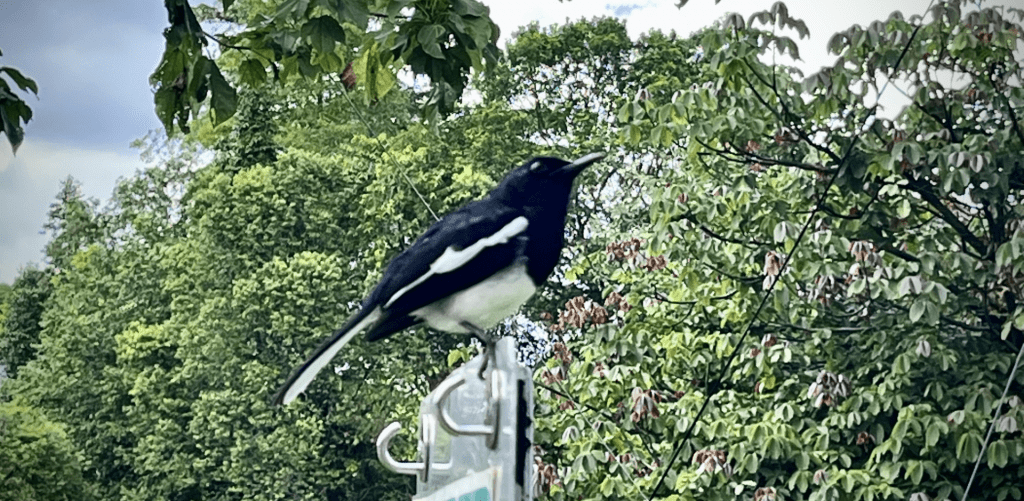
Figure 1: The Oriental Magpie-Robin and its melodious birdsong has made a resurgence (Taken at SBG by Alicia Tiu)
With the lightning-fast speed of development in Singapore, it is hard to imagine how many hundreds of native wildlife species have been driven away or extirpated due to loss of habitat. As such, it is remarkable to see the development of conservation sites such as The Learning Forest that have resulted in the re-emergence of native wildlife populations [fig. 1]. Most notably, the Learning Forest features the Keppel Discovery Wetlands [fig. 2], one of the few freshwater wetland ecosystems left in Singapore. As such, the Wetlands offer a rare opportunity for humans to observe native freshwater swamp wildlife. I recently visited The Learning Forest and Keppel Discovery Wetlands on a field trip with Prof Gretchen and my group, Adriana, Jocelyn and Sayori. Continue reading
As famously quoted by adventurer, Bear Grylls, many life forms have to adapt to their surrounding environment to survive and thrive. The various amazing plant adaptations to their respective ecosystems was my biggest takeaway from my field trip to Singapore Botanic Gardens’ (SBG) Learning Forest and Keppel Discovery Wetlands with my Applied Biogeography class, led by Professor Coffman. I found great joy in identifying different plant adaptations and understanding their purpose! Now whenever I visit parks or my own field site, I keep a keen eye on unique adaptations. It changed the way I see nature and the environment and gave me greater insight to the biotic and abiotic factors in each ecosystem. Everyone should visit the SBG Learning Forest and Keppel Discovery Wetlands to learn and gain a new vision of the environment!
WrittteSOUND/saʊnd/
Noun: vibrations that travel through the air or another medium that can be heard when they reach a person’s or animal’s ear; the sensation perceived by the sense of hearing.
Adjective: free from flaw, defect, or decay.
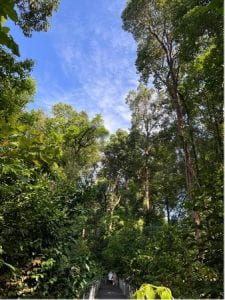
Image 1: Singapore Botanic Gardens Canopy Trail.
A Trek Through History
Imagine yourself trekking through a freshwater wetland forest. Each step is harder than the last as your feet sink deeper into the soft mud. The whining of mosquitoes distracts you from the sticky feeling between your toes. Absentmindedly, you wave the pesky insects away and prop yourself up using a nearby branch, continuing your trek through the dense wetlands.
While this experience is almost unheard of in modern Singapore, taking part in these wild treks were possible in the mid 19th century at the historic site of the Learning Forest in Singapore Botanic Gardens (Figure 1).
Figure 1. Present site of the Learning Forest (Photo from: Melody Zaccheus)
Originally, a freshwater wetland forest occupied the northern half of the Learning Forest (Er et al., 2017). Archived maps document how a natural stream in 1860 (Figure 2A) was converted into ponds in 1913 (Figure 2B), which had disappeared by 1932 (Figure 2C). To restore the freshwater habitat, the National Parks Board (NParks) and Keppel Corporation (KC) collaborated to build Keppel Discovery Wetlands (Figure 1).



Figure 2. Archived maps of the historic site of the Learning Forest in 1860 (A), 1913 (B) and 1932 (C) (National University of Singapore, n.d.).
A Journey at Keppel Discovery Wetlands
Opened in 2017, Keppel Wetlands enabled visitors to experience a unique wetland habitat right in the heart of the city. Wetlands – land areas saturated with water – are essential ecosystems that provide valuable ecosystem services (National Geographic, n.d.). Not only do Singapore’s wetlands store blue carbon and protect our coastlines, they are also critical pockets of biodiversity (NParks, 2015). Home to a variety of flora and fauna, Keppel Wetlands is evidence of the ecological treasure trove that exists in our wetlands (Figure 3 and 4).

Figure 3. Blue Dasher (Brachydiplax chalybea); listed as Least Concern in IUCN Red List (Dow, 2010); native to Singapore (Biodiversity of Singapore, n.d.) (Photo by Alvern Mak Wei Jie on 19 February 2022).

Figure 4. Common Kingfisher (Alcedo atthis); listed as Least Concern in IUCN Red List (BirdLife International, 2016) (Photo by Samuel Lee on 12 February 2022)
Diving Under the Surface
Keppel Discovery Wetlands was given its name to recognise KC’s generous donation of S$2.08 million to restore this wetland ecosystem (NParks, 2016). The project was a huge success as Keppel Wetlands welcomed over 600,000 visitors in its first year (KC, n.d.). However, in a recent field trip, the sights that greeted me looked nothing like the beautiful pictures taken on opening day (Figure 5 and 6).

Figure 5. Keppel Discovery Wetlands on opening day (31 March 2017) (Siau, 2017)

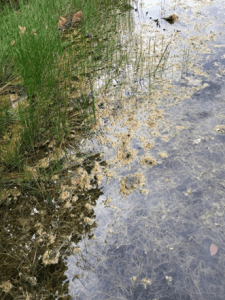
Figure 6. Keppel Discovery Wetlands on 12 January 2022 (Photos by Toh Jie Ying on 12 January 2022)
In five years, the wetlands has become overrun by Hydrilla – an invasive aquatic weed (Figure 6 and 7) (NParks, n.d). This fast-growing plant forms dense mats on the water surface, outcompeting native aquatic plants and clogging waterways (Rojas-Sandoval, 2018). Ironically, Keppel Wetlands was restored to provide clean water to Swan Lake (Er et al., 2017), which is no longer possible due to an oversight in its restoration process – the lack of maintenance. Beyond the prestige of having named a restoration area, concrete monitoring and maintenance plans should be formalised in collaborative restoration projects by NParks and other organisations. This can help NParks ascertain whether restoration aims have been achieved and inform subsequent management plans (Vaughn et al., 2010).
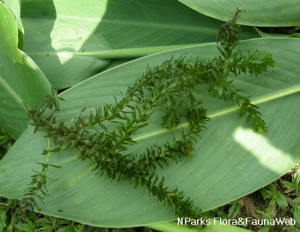

Figure 7. Hydrilla (Hydrilla verticillata (L.f.) Royle); listed as Least Concern in the IUCN Red List (Zhuang & Beentje, 2017); invasive species (NParks, n.d.) (Photos by NParks, n.d.)
A Murky Future?
Labelled as one of the most persistent invasive species in aquatic ecosystems, Hydrilla is almost impossible to eradicate (Vaughn et al., 2010). The future of Keppel Wetlands may seem murky, but it is important to remind ourselves that although ecological restoration is rarely an easy journey, it is not unattainable. While we may never be able to experience a wild trek through a freshwater wetland forest, let us hold onto the hope that one day, our future generations will.
Written by: Rachel Tan Xinyue
Oh dragonflies, oh damselflies
300 million long years you have lived
Through storm and fire, you have survived
Majestic, mighty dragons of the skies!
Flying forward and backward, side-to-side
Or yet hovering still, oh you diaphanous creatures
Gliding through the wind!
How marvellous your brilliant colours glittering under the radiant sun!
Woe be to those who do not see the wonderous beauty of your kind
Though little you may be, how vital you are to humankind!
Great defender of our habitats!
Oh dragonflies, oh damselflies
Please don’t ever say goodbye,
For 300 million years you have lived
And for 300 million years you will live!
Here’s an experiment: ask your Singaporean friends to name you a few flowers that come to mind immediately, and I bet the most common responses are probably roses, sunflowers, tulips, chrysanthemums, or cherry blossoms. After all, these flowers have been so heavily embedded in popular culture that they can be recognised by even the most nature-adverse person on the street. But here’s the issue – why only roses? Why not some flowers native to Southeast Asia? As a flower enthusiast, I feel bad for all these gorgeous native flowering plants which are often overlooked by the public. Fortunately, the Singapore Botanic Gardens (SBG) recognises the value of these plants, which are now tucked away safely in the Learning Forest, comprising a tropical lowland forest ecosystem, and a restored wetland ecosystem (Figure 1). These ecosystems house a wide diversity of native flora in their optimal growing conditions, which exemplifies SBG’s key objective of conserving plants of horticultural and botanical interest. I managed to identify several different flowering plants with iNaturalist during my visit to the Learning Forest with my NUS GE4224 class.
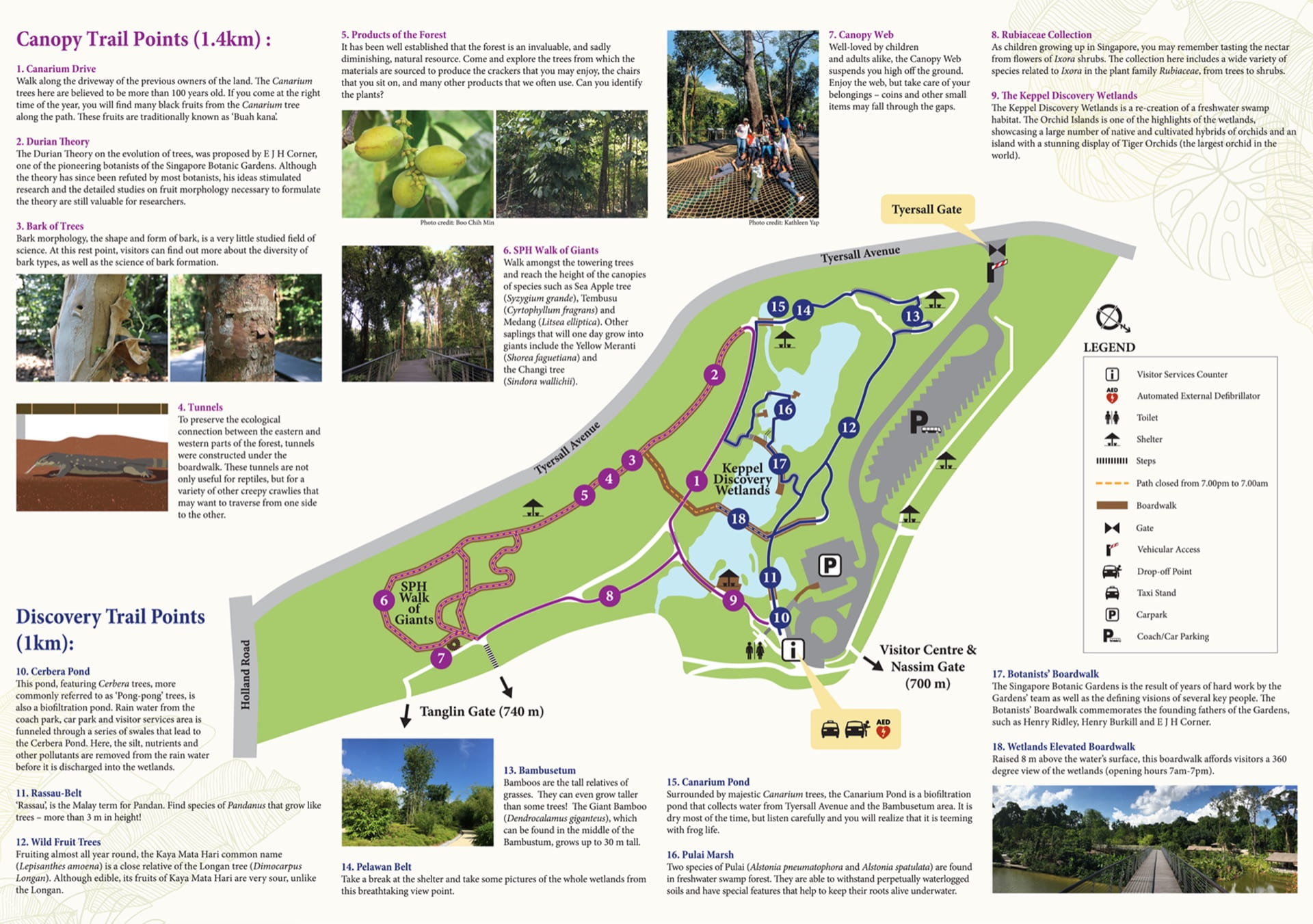
Figure 1. Map of SBG Learning Forest, which comprises a tropical lowland forest ecosystem (SPH Walk of Giants) and restored wetland ecosystem (Photo credit: SBG).
© 2025 Conservation Biogeography of Singapore and Beyond
Theme by Anders Noren — Up ↑





